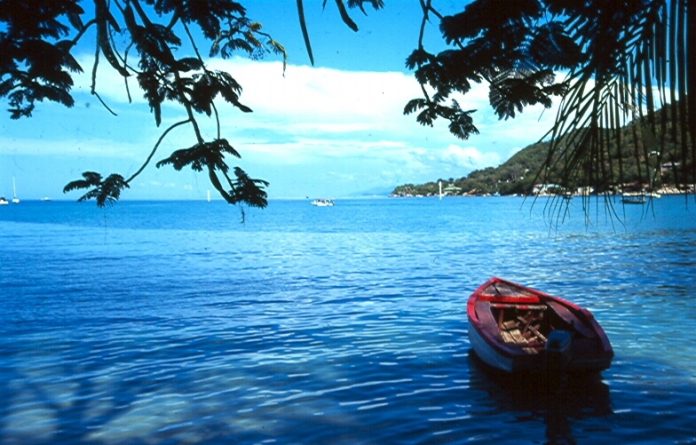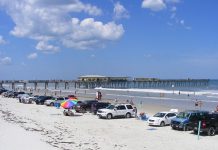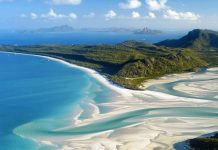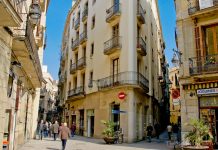Haiti holds a unique and interesting hold on history for several reasons.
It was the first nation in Latin America to gain its freedom, and the first Black-led Republic in the World. It became the second country in the Americas as a result of its successful slave revolution that lasted almost a decade. It is one of only two, the other being Canada, where the people speak French as its native language.
Haiti currently has a population of 9.7 million people, making it the most populous state of the Caribbean Community. It is also a member of the Latin Union and is the poorest nation in the Americas. This has led to much political unrest and violence, and the instability of the government has led to countless coups and overthrows. In 2004, coup forced the exile of President Jean-Bertrand Aristide. Michel Martelly is the current President and was elected in the general election in 2011.
Present day Haiti, occupies the Western two thirds of the island of Hispanolia, which was originally inhabited by the Taino Indians. The Indian name for the island was a pronunciation of Ayiti. The society of Indians had divisions and the largest structure of that hierarchy was a political unit called cacique, or chiefdom.
Christopher Columbus landed on the island on December 5, 1492 and claimed it for Spain, naming the island, Hispaniola. His flagship, the Santa Maria ran aground some two weeks later, and he left a crew on the island who founded the settlement of La Navidad.
In 1507, an outbreak of smallpox erupted, killing a large population of the Indian people. A large drop in the birth rate and malnutrition also led to their decline.
As more settlement came to the Caribbean, Hispaniola became a retreat and a haven for pirates who roamed the neighbouring seas. One such pirate was named Bertrand d’Ogeron, who eventually became a large tobacco grower. He also attracted a large number of French colonial individuals and families from neighbouring Guadeloupe and Martinique.
In 1697, Spain and France agreed to divide Hispaniola between them by the treaty of Ryswick, and France occupied the western third of the island, naming it Saint-Domingue, or as it is known today, the Dominican Republic. By 1789, roughly 40,000 French colonists resided on the western side of the island.
The French then put into place the Code Noir, or the Black Code, which was ratified by Louis XIV. It established guidelines and rules for the slave trade, and personified what became one of the most brutal cesspools of the slave trade colonies. It is said that up to a third of all the slaves who were brought there, died within a few years from diseases such as smallpox, typhoid and other tropical diseases.
Significantly, the slaves revolted, inspired by the French Revolution in 1789-1791, where the Africans greatly outnumbered the white population. Independence was finally given to the slaves, when Napoleon gave up his desire for an empire in the Americas and sold Louisiana to the United States. There was a mass exodus of French Creole colonists with their slaves, who fled to New Orleans in 1809, when some 10,000 refugees fled there.
After the revolution, the island was divided between the kingdom of Haiti in the north and the rest the Dominican Republic. Over the next several years, various power struggles and economic attempts to improve both entities gained little progress. Various outside countries such as England, France, Germany and the United States exerted some influence, but with little success. In 1914, British, German and U.S troops entered Haiti, supposedly to protect the citizens from civil unrest. In 1915, under the Monroe doctrine, U.S Marines were stationed in the country until 1934. The United States made huge improvements to the infrastructure of the country.
Haitian traditionalists started a movement to have the occupation of the United States ended, and the troops left in 1934. That was the same year that the Dictator on the Dominican side of the border ordered the killing of any Haitians who were living on the Dominican side of the border, killing between 10,000 and 20,000 people.
In 1957, Dr François Duvalier was elected president of Haiti, and was known as “Papa Doc.” He held his power base by his police force, known as the Tontons Macoutes, who maintained order by terrorising the people. Even so, he was a popular leader who advanced the interests of the black population, and he ruled until his death in 1971.
Papa Doc was succeeded by his son, Jean-Claude Duvalier, known as “Bebe Doc.” Bebe Doc was not a popular ruler and was exiled in 1986 to France. After that a series of bloody coups ensued and ushered in various leaders who have not been very successful in helping the population, or in raising the standard of living.
In 2004-2008, tropical storms and hurricanes all but decimated the island, leaving thousands of people in severe need of assistance and humanitarian aid. In January of 2010, Haiti was hit by a 7.0 magnitude earthquake, which all but destroyed the entire country. The country has not yet recovered from the devastation and homelessness that was the result of that tragedy, and the ineffectiveness of the government to do anything to help its own people. Haiti has relied heavily upon aid from other countries for its survival, principally from the United States.
There is now a coalition of different countries cooperating to help the country with the management of its resources and land. Over the years there has been little in the way of land management. Deforestation from the hurricanes and the earthquake has made water management a joke, and many of the country’s rivers have become very unstable. It seems that it will be quite a while until things will return to a normal state in that area. It appears that Haiti will need outside assistance for quite a few years yet.
The Columbia University Centre for International Earth Science Informational Network is working in Haiti, with the United Nations to help reduce poverty and vulnerability to natural disaster through the restoration of the ecosystem and resource management on a sustainable basis.















